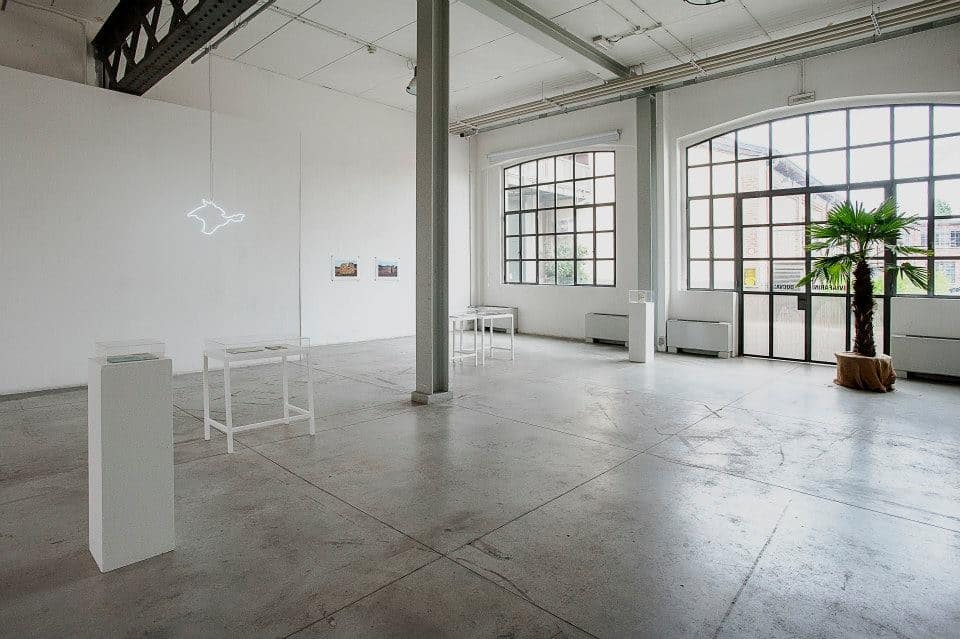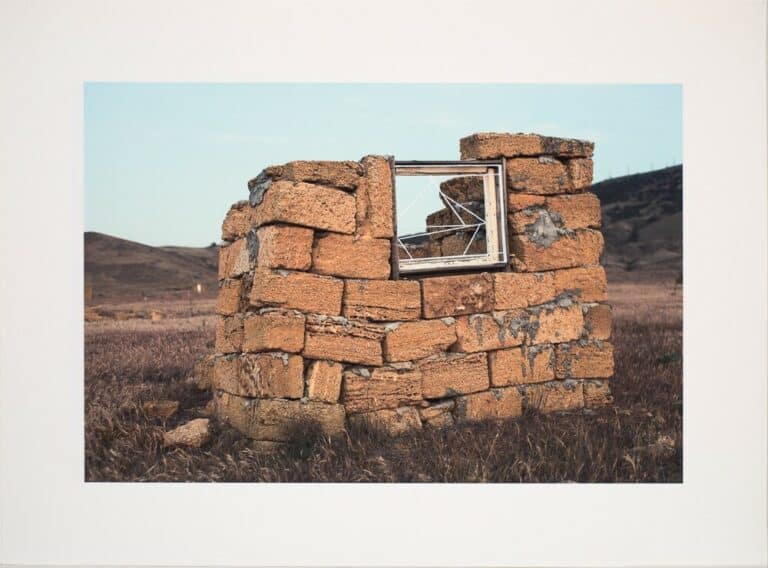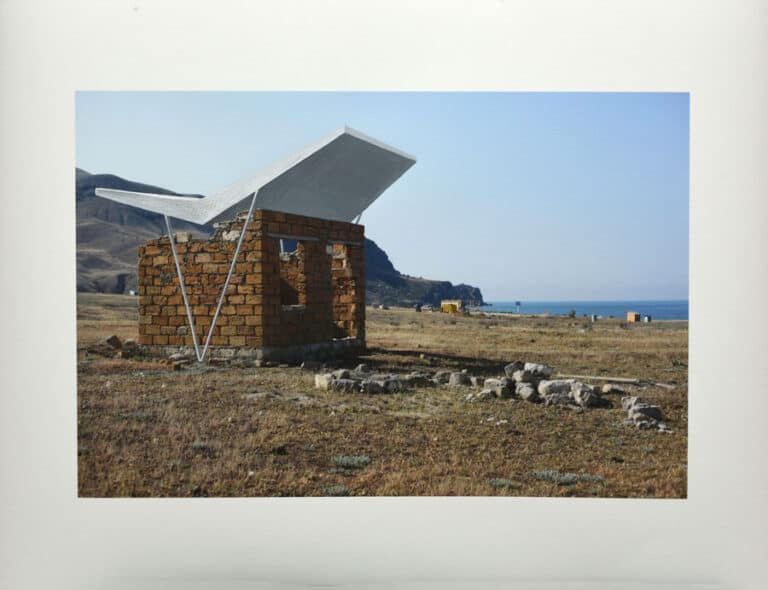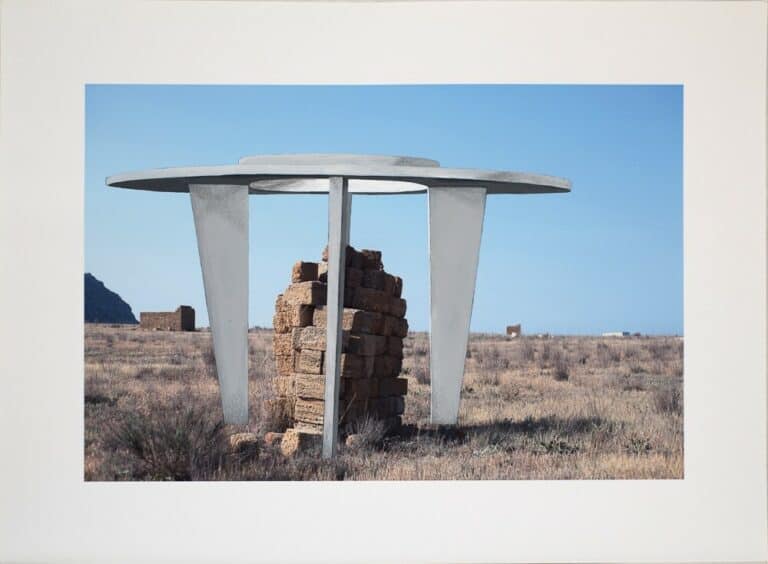DISTANT AND NEAR: CRIMEA IN THE PRACTICE OF UKRAINIAN ARTISTS

Crimea is a place of rest and pleasant memories. But for many people, it is also a place of pain. In 1944, it was swept by the first wave of losses — the forced displacement of Crimean Tatars and other national minorities. And in 2014 the second happened: the annexation of the peninsula by Russia. These two dates are sometimes reflected in each other for Ukrainian artists, and artistic “memories of Crimea” become considerations for the future. What place does Crimea occupy in the minds of all of us? Here we describe two projects and hope that they will encourage you to learn about other artistic practices.
NIKITA KADAN
EVERYBODY WANTS TO LIVE BY THE SEA, 2014
In his project “Everybody Wants to Live by the Sea”, created in the year of annexation of Crimea, Nikita Kadan starts from another date — the deportation of Crimean Tatars in 1944.
“This is a story about the international resort-sanatorium idyll in Soviet Crimea and its backside — deportation and return of Crimean Tatars, about a new round of repressions against them after the annexation”, says the artist about his series of works.
During the Soviet regime, numerous modernist buildings appeared in Crimea. In the 1990s, self-built settlements of Crimean Tatars, who were returning to their homeland, began to arise in the landscape. This strange neighbourhood encouraged the artist to create bizarre constructions. Nikita Kadan integrates drawing geometric forms into documentary photos of Tatar settlements built after the collapse of the USSR.
Drawings that refer to Soviet modernist architecture should contrast with imperfect constructions, but they organically merge with them and create almost futuristic images. It is not immediately evident that the artist intentionally superimposed the gouache and graphite on the photos. They are like an “invisible but shameful scar” on a popular Soviet resort, with which the fact of deportations was compared in the project.
LIA DOSTLIEVA, YULIA PO
THE BEACH, 2016
It is difficult to find a person in Ukraine who, having visited Crimea, did not bring a pebble as a souvenir — a memory of a holiday. But after 2014, the carefree trips “to the sea” remained a thing of the past, and for many, such a pebble became the only connection with the place and confirmation of the experience: Once, you were there.
After the annexation of Crimea, many Ukrainians lost not only connections but also a home. For them to touch a pebble is like touching home. The artist Lia Dostlieva and the photographer Yulia Po thought: what if we make a beach from souvenir Crimean pebbles? They decided to create a small patch of Crimea at the exhibition “Reconstruction of Memory”, and via social networks, asked people to share their treasures. The authors wondered if anyone would respond because it was about non-renewable memory. And in return, they received… 28 kilograms of pebbles from the Crimean coast, which they turned into an installation “The Beach”.

installation, pebbles from Crimea
In fact, this is a complete description of the project: a pile of pebbles. But in its simplicity, it expresses the pain of the loss. The authors are convinced that in 2014 we lost more than geographical borders, which affected everyone, not just those who lived in Crimea. “The role of Crimea is unique. Residents of Donetsk and Luhansk have lost their home, but everybody has lost Crimea”, says Lia Dostlieva, who herself is a former resident of Donetsk.
The context in which they first presented the project is also essential. In 2016, Lia Dostlieva and Andrii Dostliev curated the exhibition “Reconstruction of Memory” at the IZOLYATSIA Foundation in Kyiv. It brought together artists from Crimea, Donetsk and Luhansk regions who personally spoke of their experience of loss.
They then presented the installation in other countries, and during one of the transportation, some pebbles were lost. Of the 28 kilograms, five were left. Only the memories were left from this memory project but these memories are the most valuable to the authors: “By collecting pebbles via personal requests, announcements and publications on social media, we repeated the path of a Crimean tourist, who collects pebbles on the beach, to restore the common space of memories and physical reconstruction of the place, with which these memories are connected”.
Title photo by Nikita Kadan, Everybody Wants to Live by the Sea, 2014, Cultural Center Viafarini, Milano
archival documents, neon, photo, gouache, graphite
Photos by Davide Tremolada
https://www.viafarini.org



